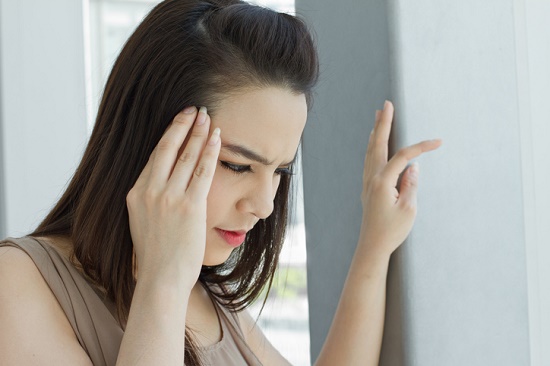
A balance disorder is a condition that causes you to feel dizzy or unsteady, inducing the sensation of spinning or floating or moving. And while brief or trivial episodes of dizziness are common and no cause for worry, more intense sensations of spinning (vertigo) or lengthy dizzy spells should be assessed.
Coupled with dizziness, you may also experience other symptoms such as nausea, changes in heart rate, anxiety, or panic. Again, if these episodes are especially intense or extended, it’s best to seek out professional care.
The types and causes of balance disorders are diverse, but before we get to that, let’s briefly review how the body normally preserves its sense of balance.
How the body keeps its balance
We take our body’s ability to maintain balance for granted because it customarily operates effortlessly behind the scenes. But when you give it some thought, maintaining balance is really an impressive feat.
Even in motion, your body is able to perceive its location in space and make modifications to keep your body upright, while requiring very little to any conscious control. Even if you close your eyes, and eliminate all visual signs, you can accurately sense the position of your head as you shift it up or down, left or right.
That’s because your vestibular system—the array of organs and structures in your inner ear—can sense any modifications to your head position, sending nerve signals to advise your brain of the change.
Structures in the inner ear called semicircular canals consist of three fluid-filled ducts positioned at approximately right angles to each other. When you move your head, the fluid moves together with it, stimulating the nerve cells that send the information to your brain.
This, in conjunction with visual cues and musculoskeletal sensory information, signals the brain to precise modifications in head and body position.
Common balance disorders and causes
Balance disorders are the result of a disturbance within the vestibular system or with the brain and its ability to examine and act on the information.
Balance disorders can consequently be caused by anything that influences the inner ear or brain. This list includes, but is not restricted to, medications, benign tumors, ear infections, head injuries, low blood pressure or other heart conditions, and certain neurological conditions.
Common balance disorders include Meniere’s Disease, Benign Paroxysmal Positional Vertigo (BPPV), Labyrinthitis, Vestibular Neuronitis, together with many others. Each disorder has its own unique causes and symptoms and can be diagnosed only by a professional.
Diagnosis and treatment of balance disorders
The diagnosis and treatment of any balance disorder starts by ruling out any medical conditions or medications that may be producing the symptoms. You may be required to switch medications or seek out treatment for any underlying cardiovascular, neurological, or musculoskeletal condition.
If your balance problem is a consequence of problems with the inner ear, such as with Meniere’s Disease, treatment may include dietary and lifestyle changes, physical manipulations of the head, or medications to minimize the symptoms. Your healthcare provider can provide more information specific to your condition and symptoms.
